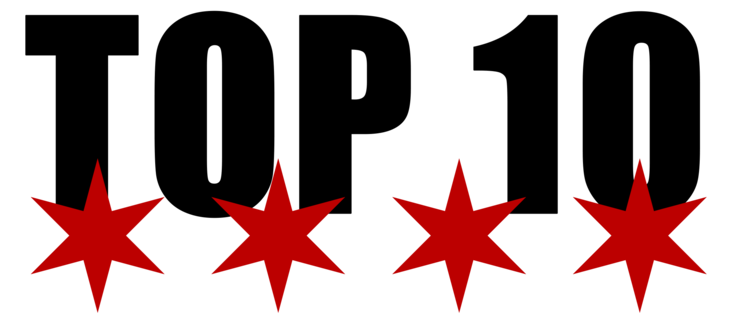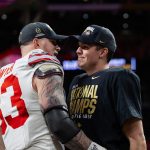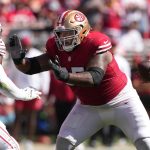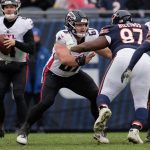The Chicago Bears shocked several people around the NFL when they traded for Chase Claypool. Everybody felt the team was purely in sell mode. Ship assets out for draft picks while clearing up cap space. GM Ryan Poles proved again that he doesn’t deal in absolutes, one way or the other. He and head coach Matt Eberflus recognized that Justin Fields needed help. His current array of weapons in the passing game is lacking. Claypool was the kind of talent they were looking for.
Poles said the thinking behind the deal was obvious. The 24-year-old receiver is young and proven in the NFL. His first two seasons in Pittsburgh were productive. He’s been OK this year but was hamstrung by QB issues. Combine that with the unappetizing projections for free agency and the draft, and it was an easy decision. The more interesting comment surprisingly came from Eberflus. When asked what excited him most about the Claypool acquisition, his response offered the first real insight into how differently this new regime views the position, both now and moving forward.
“We like big targets because they’re viable on third down, situations, gold zone, those guys are viable and they’re always open because of their catch radius. So we were certainly like that with a lot of other guys, so you have bigger targets in the gold zone, so we’re excited about that.”
Matt Eberflus comments on Claypool brought everything into focus.
It explains their entire restructuring of the wide receiver position since the off-season began in March. Last season, four of the Bears’ primary receiving options were 5’11 or shorter. Under Poles and Eberflus, the position group now only has one receiver that short (Darnell Mooney). The rest are 6’0 or taller.
- Velus Jones – 6’0
- Dante Pettis – 6’1
- Byron Pringle – 6’1
- N’Keal Harry – 6’4
- Chase Claypool 6’4
- Equanimeous St. Brown – 6’5
That isn’t a coincidence. It’s a trend. Clearly, Matt Eberflus and Poles have placed a greater emphasis on size for this receiving corps than Matt Nagy and Ryan Pace did. It isn’t a huge surprise. Size means a lot in most sports. Bigger receivers have a wider catch radius and greater strength, allowing them to make tougher catches. It makes life easier for a quarterback, easing the burden on them of being pinpoint accurate.
Subscribe to the BFR Youtube channel and ride shotgun with Dave and Ficky as they break down Bears football like nobody else.
This approach isn’t new. The Bears employed it ten years ago when they paired Brandon Marshall (6’4) and Alshon Jeffery (6’3) together. That worked out well. It is an approach that can have success.













It’s going to be tough sledding for the D-Line for the final 8 weeks. But otherwise Eberflus’ vision is on track for greatness!
Have to wonder why more receivers just don’t watch Cooper Kupp tape to find out how it’s done???? Bears sure could use one of these guys to step it up…
@GhostTomahawk… WTF is going on with your comments lately??? You are giving sincere, constructive thoughts lately, and it’s throwing me off big time LOL You are usually Captain Anger, with only terrible things to say. I for one appreciate the new you!! I appreciate the solid comments lately. Not that my opinion matter in any way… just like in my own house LOL But still…
Ok, so nobody tell Money he is under 6 feet. He thinks and plays like he’s 6’4, and makes helluva contested grabs. But we won’t tell him he’s small, and not supposed to be able to do that‼️
So quiet everyone… 🤗🐻⬇️
Let us not forget….Also, better blockers!